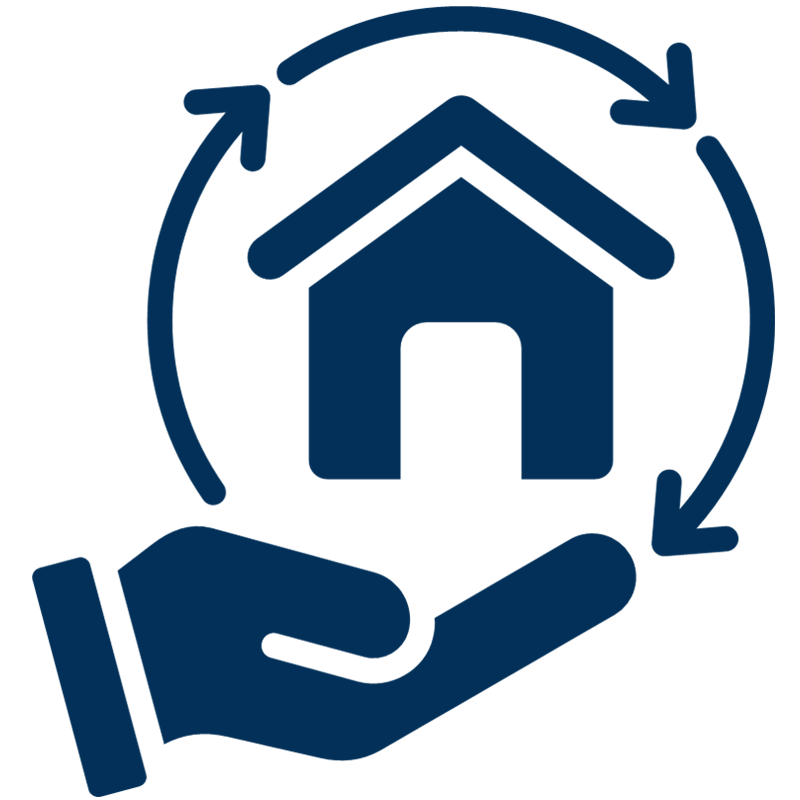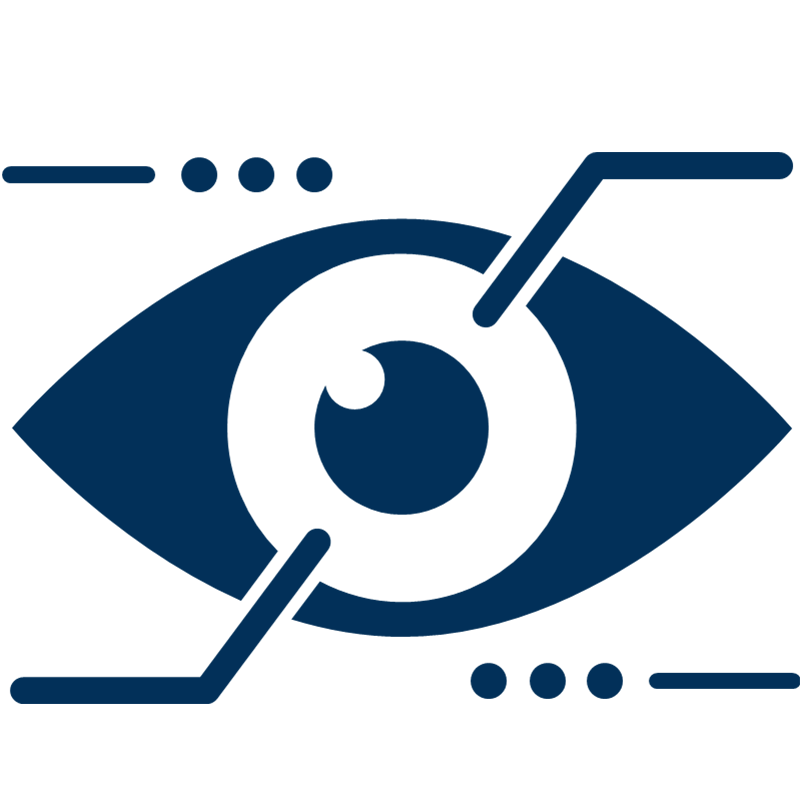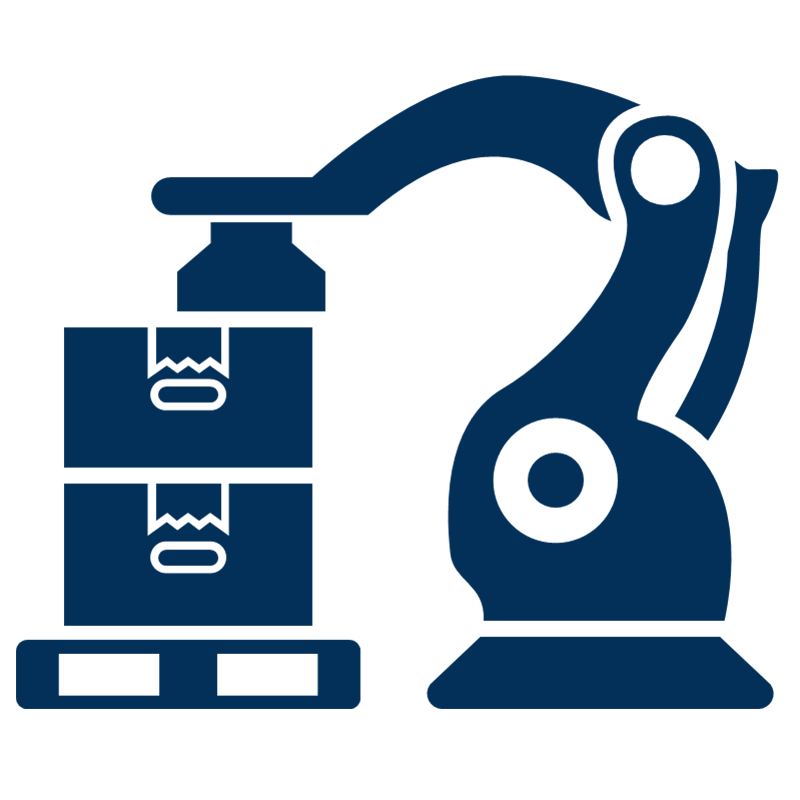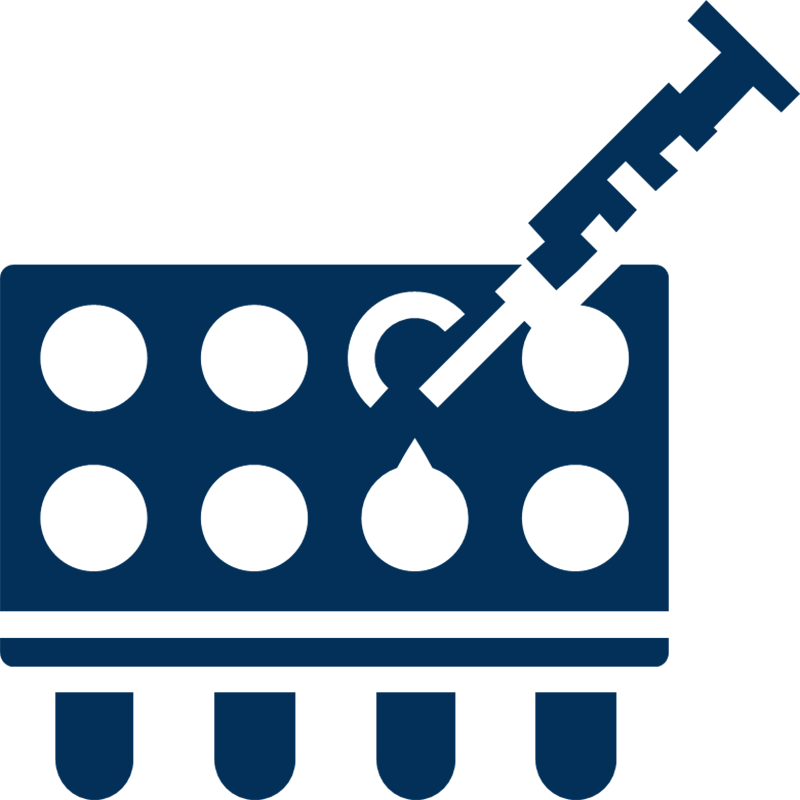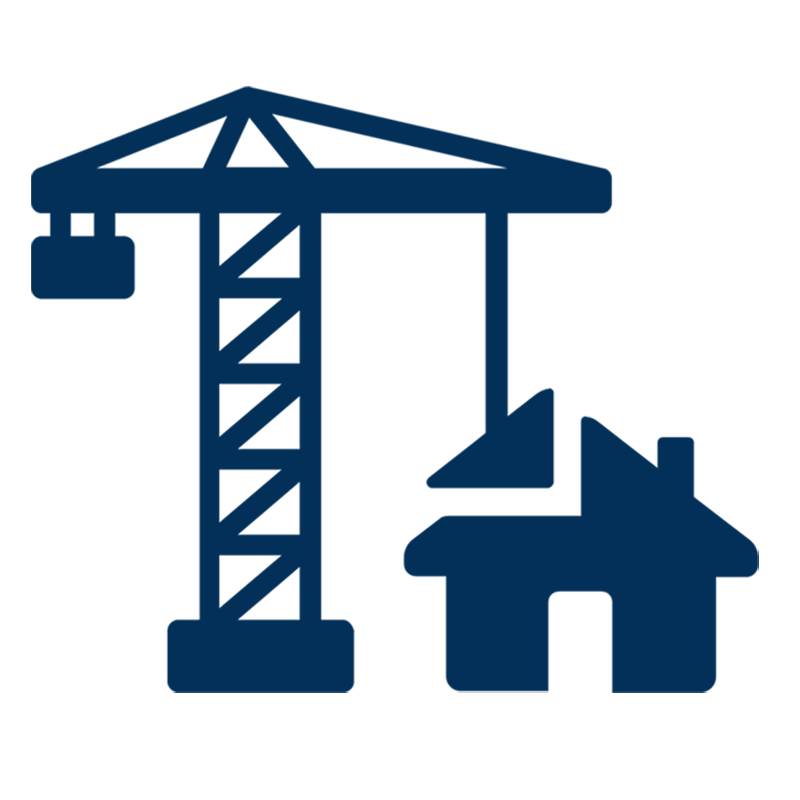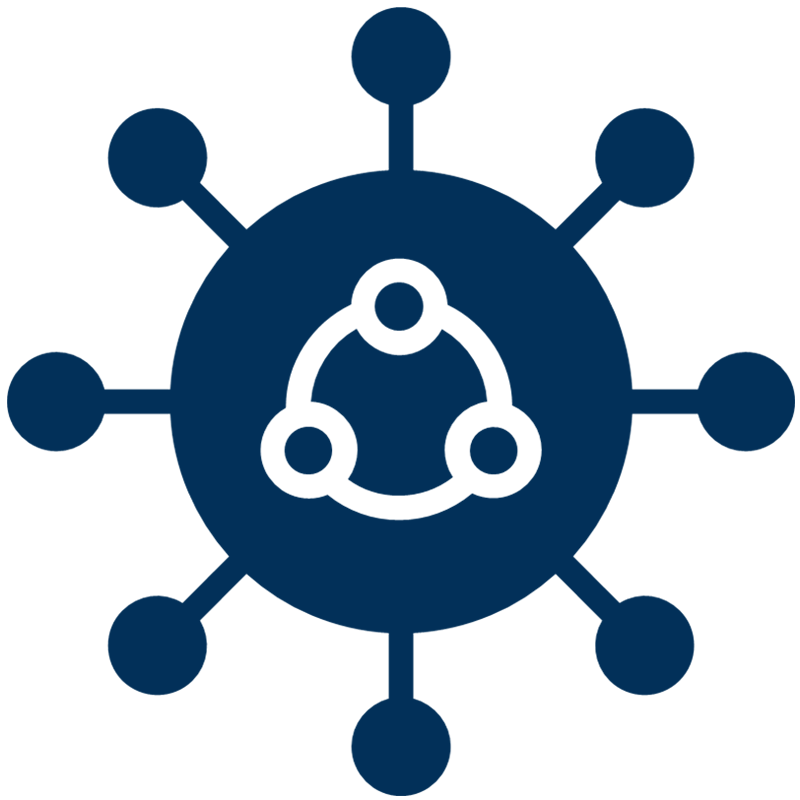Use Cases.
Our use case database tracks 133 use cases in the global enterprise technology ecosystem.
Filters allow you to explore use cases quickly and efficiently.
Filters
- (20)
- (20)
- (16)
- (10)
- (6)
- View all 9 Industries
- (20)
- (16)
- (13)
- (10)
- (7)
- View all 7 Functional Areas
- (16)
- (13)
- (11)
- (11)
- (11)
- View all 14 Enabled Capabilities
Selected Filters
|
Additive Manufacturing
Additive manufacturing (AM) is the industrial production name for 3D printing, a computer controlled production process that creates three dimensional objects by depositing materials, usually in layers.
|
|
|
|
Advanced Metering Infrastructure
Advanced metering infrastructure (AMI) is an integrated system of smart meters, communications networks, and data management systems that enables two-way communication between utilities and customers.
|
|
|
|
Advanced Production Planning and Scheduling
Advanced planning and scheduling (APS, also known as advanced manufacturing) refers to a manufacturing management process by which raw materials and production capacity are optimally allocated to meet demand. APS is especially well-suited to environments where simpler planning methods cannot adequately address complex trade-offs between competing priorities.
|
|
|
|
Agricultural Drones
Agricultural drones are a class of unmanned aerial vehicle (UAV). Agriculture monitoring is among the most mature use cases for drones.
|
|
|
|
Agriculture Disease & Pest Management
Agriculture disease and pest management uses different sensors to monitor the growth of pests and take further countermeasures to manage them.
|
|
|
|
AI Copilot
|
|
|
|
Asset Health Management (AHM)
Asset Health Management refers to the process of analyzing the health of an asset as determined by operational requirements.
|
|
|
|
Asset Lifecycle Management
Asset lifecycle management is the process of optimizing the economic value-add generated by your assets throughout their lifecycles from procurement planning to retirement.
|
|
|
|
Augmented Reality
Augmented Reality or enhanced virtual reality, is a technology that seamlessly integrates real-world information and virtual world information.
|
|
|
|
Automated Disease Diagnosis
Automatic disease diagnosis systems guide physicians in diagnosing diseases by using statistical algorithms to find relations between symptoms and different diseases.
|
|
|
|
Automatic Palletizing & Depalletizing Systems
Automatic palletizing and depalletizing systems automate the end-of-line operations of industrial sectors by automating the palletizing of cardboard blanks, boxes, trays, and packages, or by unpacking pallets into units for further processing.
|
|
|
|
Autonomous Robots
Autonomous robots are intelligent machines capable of performing tasks in the world independently of either direct human control or fixed programming.
|
|
|
|
Autonomous Transportation
Autonomous transportation (V2X / IoV) aims to improve the safety and efficiency of transportation systems by collecting, communicating, and acting on information flowing between vehicles, infrastructure, and other entities such as people and animals.
|
|
|
|
Autonomous Transport Systems
Autonomous transport systems provide unmanned, autonomous transfer of equipment, baggage, people, information or resources from point-to-point with minimal intervention.
|
|
|
|
Behavior & Emotion Tracking
Behavior and emotion tracking uses video, audio sensors, wearables, geolocation markers, and other data sources to track and infer people's emotions and behaviors.
|
|
|
|
Building Automation & Control
Building automation and control (BAC) use cases involve distributed control systems designed to monitor and control the mechanical, security, fire and flood safety, lighting, HVAC, and ventilation systems in a building.
|
|
|
|
Building Energy Management
Building energy management systems (BEMS) are integrated computerized systems to monitor and control a building's energy usage.
|
|
|
|
Campus Area Network
A campus area network (CAN) is a network of multiple interconnected local area networks (LAN) in a limited geographical area to serve the connectivity needs of a corporation, university or government.
|
|
|
|
Chatbots
A chatbot is a software application used to conduct an automated conversation via text or text-to-speech, in lieu of providing direct contact with a live human agent.
|
|
|
|
Clinical Image Analysis
Clinical image analysis is the technique and process of creating visual representations of the interior of a body for clinical analysis and medical intervention.
|
|
|
|
Collaborative Robotics
A flexible form of human-machine interaction where the user is in direct contact with the robot while he is guiding and training it.
|
|
|
|
Computer Vision
The purpose of computer vision is to program a computer to "understand" a scene or features in an image.
|
|
|
|
Condition Monitoring
Condition monitoring involves monitoring a set of parameters that define the condition of machinery or equipment with the objective of identifying significant changes that indicate a potential fault or inefficiency. Condition monitoring is frequently used by maintenance teams to monitor the actual condition of an asset and to extract information regarding actual wear and degradation. Devices such as vibration sensors or power monitors are used to obtain the data required to identify abnormalities.The most common goals of condition monitoring systems include:Decreasing maintenance costsMoving teams to condition-based maintenanceSaving costs on prematurely changed resourcesImproving downtime responseFlagging inefficiencies
|
|
|
|
Construction Management
Construction management includes a range of solutions to support the planning and execution of construction projects, which are often supported by a smart construction site platform.
|
|
|
|
Construction Site Monitoring
Construction site monitoring consists of IoT-enabled devices and sensors collecting construction job site data to track progress remotely using .
|
|
|
|
Continuous Emission Monitoring Systems
Continuous emission monitoring systems (CEMS) measure flow, dust, and the concentration of air pollutants.
|
|
|
|
Counterfeit Product Identification
Counterfeit product identification system provide individual items with a unique digital identity that can be tracked across the supply chain.
|
|
|
|
Cybersecurity
Cybersecurity refers to the protection practice for the hardware, software, and data from being destroyed, altered or leaked by accidental or malicious reasons to ensure the system runs continuously and the network service is not interrupted.
|
|
|
|
Demand Planning & Forecasting
Demand planning and forecasting is the supply chain management process of forecasting demand so that products can be reliably produced and delivered to meet customer demand, while minimizing waste.
|
|
|
|
Digital Thread
The digital thread refers to the communication framework that allows a connected data flow and integrated view of the asset's data throughout its lifecycle across traditionally siloed functional perspectives.
|
|


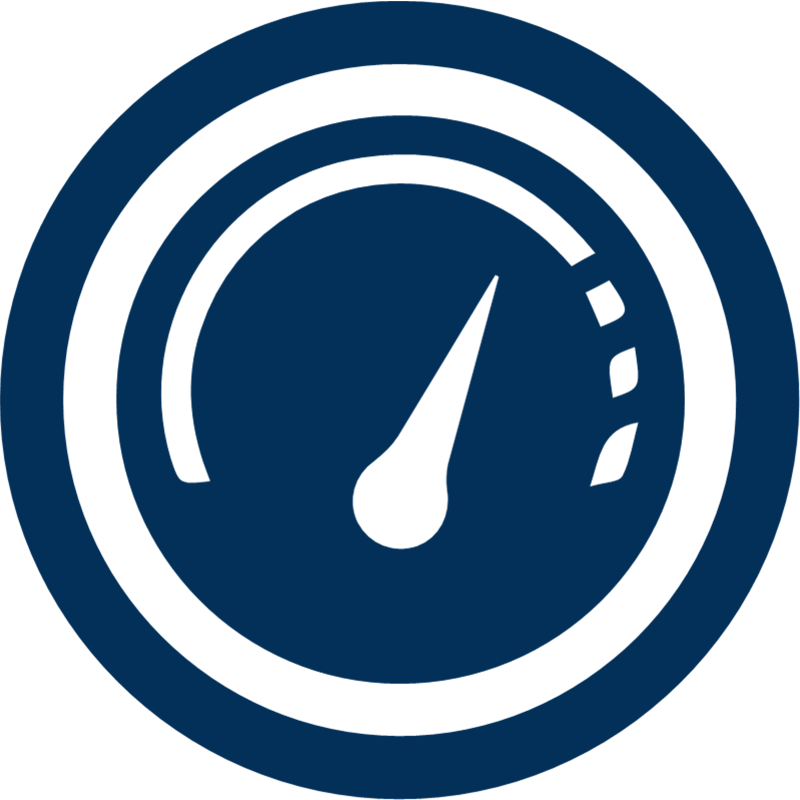

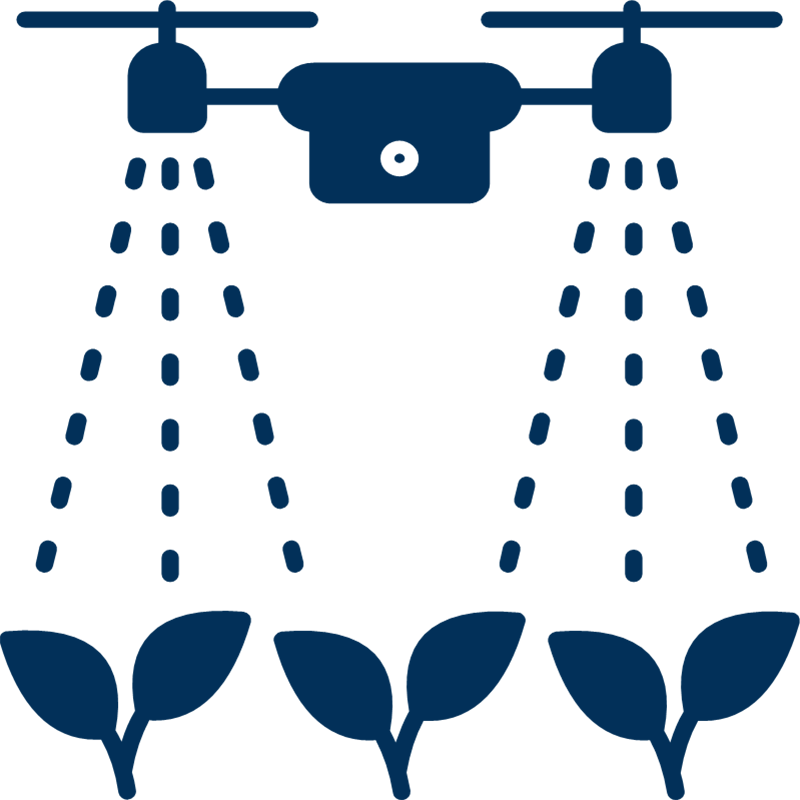
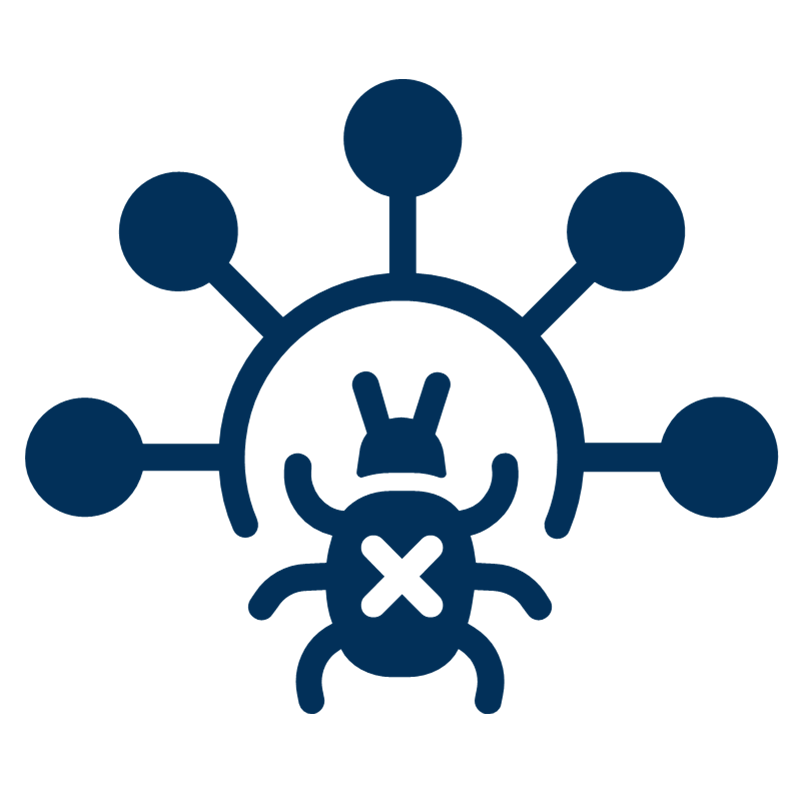
.png)
